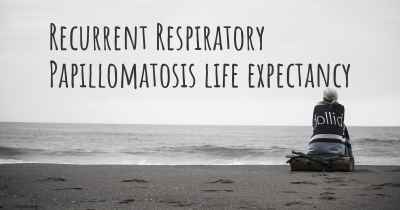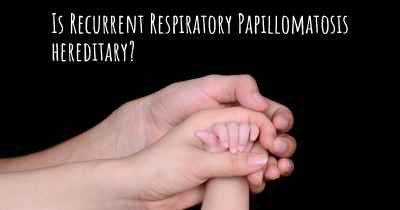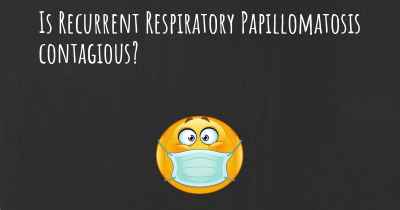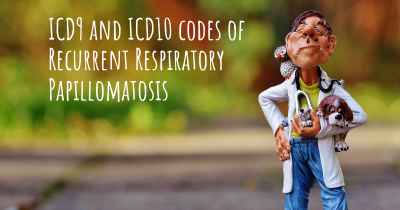What is the history of Recurrent Respiratory Papillomatosis?
When was Recurrent Respiratory Papillomatosis discovered? What is the story of this discovery? Was it coincidence or not?
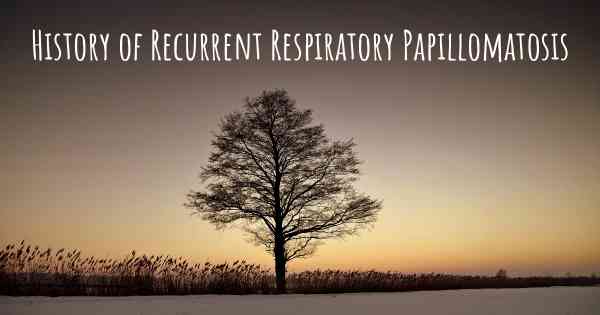
Recurrent Respiratory Papillomatosis (RRP) is a rare and chronic disease characterized by the growth of benign tumors in the respiratory tract. These tumors, known as papillomas, are caused by the human papillomavirus (HPV), specifically types 6 and 11. RRP primarily affects the larynx, but can also occur in other parts of the respiratory system, such as the trachea, bronchi, and lungs.
The history of RRP dates back to the early 19th century when the first documented case was reported by Sir James Paget in 1838. However, it wasn't until the 20th century that significant advancements were made in understanding the disease.
In the 1930s and 1940s, researchers began to recognize the viral nature of RRP. They identified the presence of HPV in the papillomas and established a link between the virus and the development of the disease. However, the exact mechanisms of HPV transmission and the factors contributing to the development of RRP remained unclear.
In the 1950s and 1960s, further studies shed light on the epidemiology of RRP. It was discovered that the disease primarily affected children, with a higher incidence in boys than girls. This led to the hypothesis that RRP could be transmitted from mother to child during childbirth, known as vertical transmission. This hypothesis was later confirmed, and it was found that infants born to mothers with genital warts caused by HPV were at a higher risk of developing RRP.
In the 1970s and 1980s, researchers focused on understanding the pathogenesis of RRP. They discovered that HPV types 6 and 11 were responsible for the majority of RRP cases. These types were also found to be low-risk for developing cancer, unlike other high-risk HPV types. The papillomas were found to be composed of abnormal epithelial cells, which proliferated rapidly and formed wart-like growths in the respiratory tract.
In the 1990s and 2000s, advancements in molecular biology and virology allowed for a deeper understanding of HPV and its role in RRP. It was discovered that HPV infects the basal cells of the respiratory epithelium, leading to the formation of papillomas. The virus integrates its DNA into the host genome, causing the infected cells to divide uncontrollably. This integration also makes the papillomas more resistant to treatment and increases the risk of malignant transformation.
Today, RRP remains a challenging disease to manage. The primary treatment for RRP is surgical removal of the papillomas, often requiring multiple procedures throughout a patient's lifetime. However, due to the recurrent nature of the disease and the potential for complications, such as airway obstruction, voice changes, and respiratory distress, other treatment modalities have been explored.
Adjuvant therapies, such as antiviral medications, immunomodulators, and photodynamic therapy, have shown promise in reducing the recurrence rate and improving outcomes for RRP patients. Additionally, advancements in HPV vaccination have the potential to prevent RRP by targeting the specific HPV types associated with the disease.
In conclusion, the history of Recurrent Respiratory Papillomatosis spans over two centuries, with significant progress made in understanding its viral etiology, epidemiology, and pathogenesis. Ongoing research and advancements in treatment options offer hope for improved management and prevention of this rare and challenging disease.
